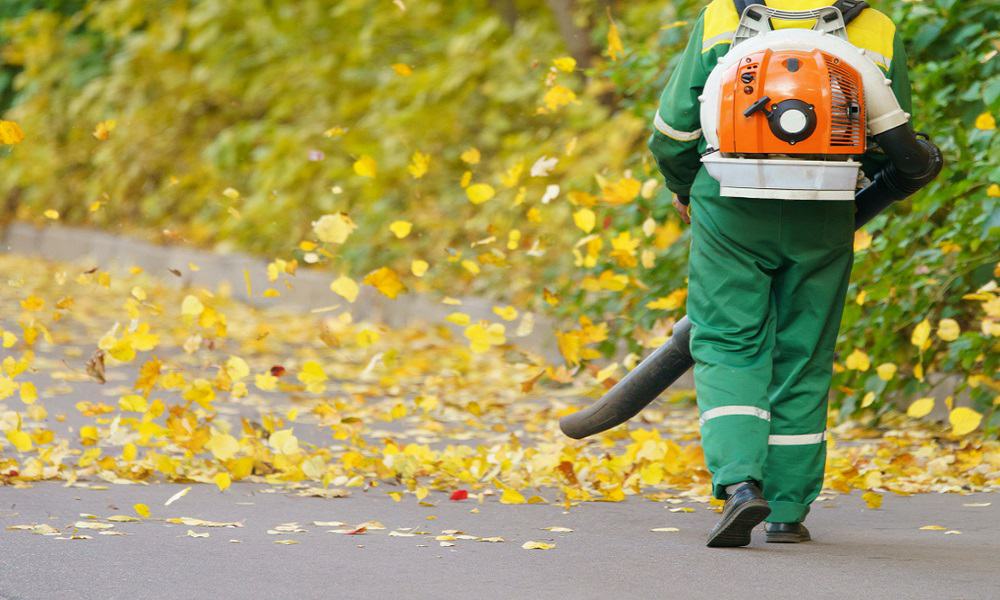You need the right tools when cleaning your yard or lawn. They make the work easier, manageable and also fun. You can use older methods such as a rake or manually collect debris, but why would you want to exhaust yourself. You can use the best leaf vacuum in 2020 to collect the tree debris and leaves and mulch it. This is a one-tool solution for blowing, shredding and bagging the debris from the yard. What’s more, you can get natural fertilizer by composting the leaves. Investing in the best leaf blower will help you to maintain your garden or yard. A leaf vacuum can vacuum, blow or shred the leaves. However, you can also invest in the best leaf vacuum blower for blowing the leaves from your lawn. There are various reasons why you need to invest in this machine. These are:
- Cleaning many dry leaves: A leaf vacuum is quick in picking up dry leaves from the lawn or garden. Instead of blowing the leaves into a pile, you can pick them up as you clean as they are suctioned into a bag or container.
- Useful when you are protecting your flower bed: A leaf blower can have a very powerful blast that can affect your delicate plants and flowers. Here, you can use a leaf vacuum to pick up unwanted leaves without affecting the plants.
- Removing dirt from the gutter: There are some leaf vacuums that come with additional features that can allow you to clean your gutter. This is most effective during dry days, and using it saves you valuable time.
- Mulching: You can purchase the leaf vacuum mulcher which shreds the leaves as you vacuum the yard, lawn or garden. You can letter use the shredded waste as mulch later on. This is an eco-friendly way of handling the leaves. You can also use this mulch when protecting fragile plants as well as grass from winter frost.
- You can also use the leaf vacuum to clean other equipment: It can come in handy when you are cleaning your mowers, tractors as well as any other equipment that you may have. This is when they are coated with grass. Cleaning the equipment with the leaf vacuum keeps them clean while helping to avoid any tough maintenance later.
When you need to sweep away the dirt or leaves quickly, you can use a leaf blower. You also need to know if the leaf blower operates using a battery or you need to plug it directly to a power source. If it needs to be plugged in, it can be limiting using it to clean a large compound where the socket is not readily available. You can invest in a cordless leaf blower vacuum for such cases.
How to use it
- You first need to plan your job by determining where the dirt will end up. You can plan to gather the dirt in one area of the lawn or use a bag or container to collect the leaves. You can attach a disposable bag for the latter scenario.
- The next step is wearing the right gear needed when cleaning the lawn, such as wearing protective goggles and others.
- You can then turn the leaf blower vacuum on or plug it into a power source. Keep the vacuum at a shallow angle and facing downwards when turning it on.
- To allow it to suck up the leaves, use a back and forth smooth motion. This ensures that it can remove the leaves around you effectively.
- If you are cleaning a larger area, emptying the bag regularly may be required, this prevents it from becoming very heavy as it can also reduce the suction power.
- You can empty the bag and repeat these steps when cleaning a large area.
A vacuum works by sucking up the leaves on the garden. Once the leaves are sucked up, they are munched into smaller pieces and deposited into the attached bag. You can use the leaf blower part of the machine to blow the leaves together or away from a path that you are cleaning. When using the leaf blower, please keep this in mind.
- Use the right size for your yard: You can consider your yard, its size as well as the trees that are planted to select the best one for you.
- Have the right strategy when using the blower. You can do this by checking the weather and ensuring that you are doing the exercise when the weather is calm. Blowing in strong winds is counter-productive. You also need to wait for the wet leaves to dry up as dry leaves are easier to remove.
- Determine where you want the leaves to end up and work only in one direction. This will help you to avoid blowing the leaves in a direction that you have already cleaned.

Recent Comments